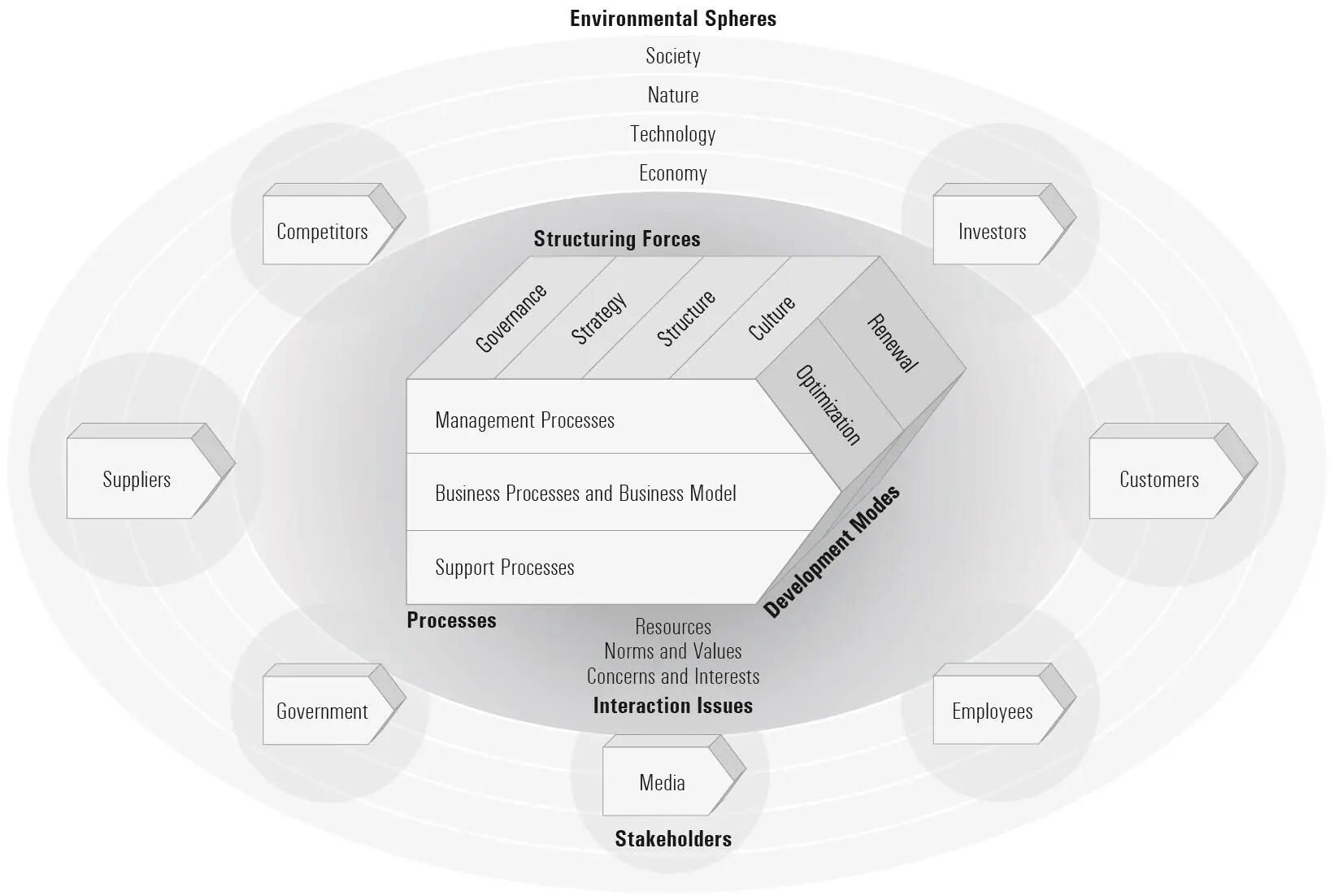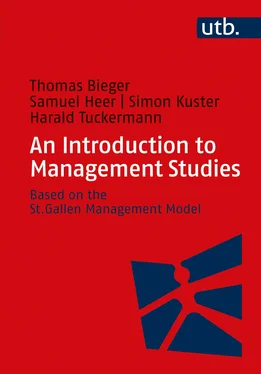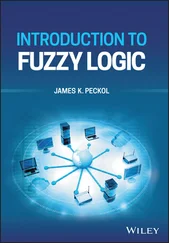Thomas Bieger - An Introduction to Management Studies
Здесь есть возможность читать онлайн «Thomas Bieger - An Introduction to Management Studies» — ознакомительный отрывок электронной книги совершенно бесплатно, а после прочтения отрывка купить полную версию. В некоторых случаях можно слушать аудио, скачать через торрент в формате fb2 и присутствует краткое содержание. Жанр: unrecognised, на английском языке. Описание произведения, (предисловие) а так же отзывы посетителей доступны на портале библиотеки ЛибКат.
- Название:An Introduction to Management Studies
- Автор:
- Жанр:
- Год:неизвестен
- ISBN:нет данных
- Рейтинг книги:4 / 5. Голосов: 1
-
Избранное:Добавить в избранное
- Отзывы:
-
Ваша оценка:
- 80
- 1
- 2
- 3
- 4
- 5
An Introduction to Management Studies: краткое содержание, описание и аннотация
Предлагаем к чтению аннотацию, описание, краткое содержание или предисловие (зависит от того, что написал сам автор книги «An Introduction to Management Studies»). Если вы не нашли необходимую информацию о книге — напишите в комментариях, мы постараемся отыскать её.
An Introduction to Management Studies — читать онлайн ознакомительный отрывок
Ниже представлен текст книги, разбитый по страницам. Система сохранения места последней прочитанной страницы, позволяет с удобством читать онлайн бесплатно книгу «An Introduction to Management Studies», без необходимости каждый раз заново искать на чём Вы остановились. Поставьте закладку, и сможете в любой момент перейти на страницу, на которой закончили чтение.
Интервал:
Закладка:
The University of St. Gallen (HSG) has long taken an integrative view of management. The St. Gallen Management Model (SGMM) has served as an intellectual map for the academic and practical discussion of management in and of organizations for several generations (see Section 1.3 1.3 Development of the St. Gallen Management Models The latest version of the SGMM (introduced here) continues a 50-year tradition of systematically developing management at the University of St. Gallen. This began with the aspiration to create an “empty” framework in which to create meaning (Ulrich & Krieg, 1972). This framework (or “scaffold”) as such provides a structure for classifying problems and thus facilitates discussion. Like every model, it is a simplified representation of reality that needs to be concretized for the corresponding purpose.
). Despite the SGMM‘s continuous evolution, three elements have remained consistent: environment, organization, management. In the current version of the SGMM (Rüegg-Stürm & Grand, 2020), these elements are structured and detailed according to (among others) the following key categories:
Task perspective:
– Environment: environmental spheres, stakeholders, interaction issues.
– Organization: processes, structuring forces, development modes.
Practice perspective:
– Management: value creation, orientation framework, management practice.

[18] Figure 1-1: Task Perspective of the 2020 St. Gallen Management Model
Source: Rüegg-Stürm and Grand (2020)
The introductory case study (see Section 1.1) illustrates the key categories of the task perspective (Figure 1-1). Below, the components of environment and organization are briefly presented as a repertoire for the further discussion of management. In the subsequent chapters, the task perspective is also supplemented by selected terms and concepts of the practice perspective (Figure 6-1) (for a comprehensive view of the current SGMM, see Rüegg-Stürm & Grand, 2020).
Environmental Spheres:
The current version of the SGMM highlights that organizations are embedded in and define their own environment (see Section 6.3.1). This environment contains different so-called environmental spheres: societal, natural, technological, and economic (Figure 1-1). The company is influenced by these spheres and in turn influences them. For example, an innovation in the environmental sphere technology (e.g., a newly developed production process) compels the company to change its own production in order to remain competitive. If, for example, [19] jobs are reduced as a result, and if different employee training profiles are required, this in turn impacts the company’s societal environment. According to the SGMM, environmental spheres are spaces of opportunity for the company from which opportunities and threats arise. Organizations need the environment and its different spheres to tap the resources they need for their products and services, and that enable an organization to develop strategic competitive advantages. For example, proximity to a research institution facilitates innovation and staff recruitment.
Stakeholders:
Stakeholders are key to the organization‘s relationship with its environmental spheres (see Section 6.3.2). They are specific actors (individuals, organizations, etc.) that operate in the environment and place their own demands on the organization. Stakeholder participation (e.g., employees, customers, investors, suppliers, or even the state) is necessary for the company’s survival. The most important task of management is to ensure cohesion among stakeholder groups (see Bleicher, 1991) and, in doing so, also to moderate conflicting goals between stakeholder groups. If, for example, in a crisis situation such as a pandemic, the company comes under economic pressure, management must decide how far it can accommodate employee demands (e.g., job preservation) without, for instance, jeopardizing supplier demands (e.g., cash flow). Because stakeholders are embedded in their environmental sphere, they also represent it. Environmental associations, for example, represent the natural environment; investors, suppliers, and customers the economic environment; the state and media the societal environment. Corresponding relationships with its environment enable the organization to tap the necessary resources via stakeholder groups. Media relations allow the organization to strengthen its reputation while investor relations contribute to raising capital. Good customer relations are essential for selling products and services, stable supplier relations for reliably providing the necessary components.
Interaction Issues:
[20] Interaction issues (see Section 6.3) are those topics that an organization negotiates with its stakeholders and that represent the organization’s interrelations with its respective environmental spheres. For example, natural resources are at stake when a company needs more land to pursue an expansion project. Norms or values are at stake when a company negotiates leadership principles and its future strategic direction with employees. State concerns and interests vis-à-vis investors are at stake when stock corporation law is under review, and thus the voting rights of individual shareholder categories.
Processes:
Processes can be defined as sequences of activities (see Section 1.5.2). The central processes of companies are business processes (see also Bieger, 2019). These include service creation processes (i.e., what the company actually produces), service innovation processes, and customer processes. The latter comprise customer acquisition, customer loyalty, and reputation processes. Management processes include those processes that serve to steer the company as a system, as well as its relationships with the environment. These require communication and decision-making skills and techniques (see Section 2.2). Support processes are functions that indirectly support business processes (e.g., financial management processes and human resources processes).
Development Modes:
Because the environment is dynamic, organizations need to keep evolving. In terms of development modes (see Section 3.7), two types of organizational change are distinguished. One is the continuous optimizing of current operations. The other is renewing the organization or parts of it by challenging the status quo. Optimization presupposes an existing structure, whereas renewal also involves structural change. A production line in the automotive industry, for example, can be improved step by step in terms of throughput times by fine-tuning the individual production steps (grinding, gluing, coating, etc.). However, it can only be changed fundamentally (e.g., adapted and converted to a new propulsion technology such as electric drive) at considerable expense and time. Companies often switch between these two modes. If a value creation system has been reconfigured (renewal), it subsequently requires a phase of optimization and structural stability. In management, these two modes often occur in parallel. Optimization decisions must be taken while questioning the status quo.
Structuring Forces:
[21] Structuring forces ensure the necessary basic order in the form of governance, a development direction defined by the strategy, an organizational form geared toward strategy implementation, and a system of norms and values defined by the culture.
– Governance (see Section 5.6) ensures the prerequisites for management and strategic capability by defining a suitable company purpose, management resources, division of powers, and processes: Governance defines the roles, rights and duties of management, as well as an organization’s normative orientation, i.e. its vision and mission (Rüegg-Stürm & Grand, 2020).
Читать дальшеИнтервал:
Закладка:
Похожие книги на «An Introduction to Management Studies»
Представляем Вашему вниманию похожие книги на «An Introduction to Management Studies» списком для выбора. Мы отобрали схожую по названию и смыслу литературу в надежде предоставить читателям больше вариантов отыскать новые, интересные, ещё непрочитанные произведения.
Обсуждение, отзывы о книге «An Introduction to Management Studies» и просто собственные мнения читателей. Оставьте ваши комментарии, напишите, что Вы думаете о произведении, его смысле или главных героях. Укажите что конкретно понравилось, а что нет, и почему Вы так считаете.












